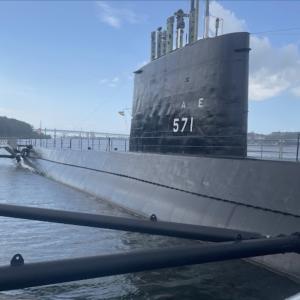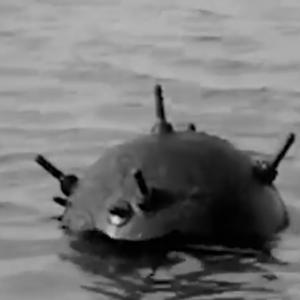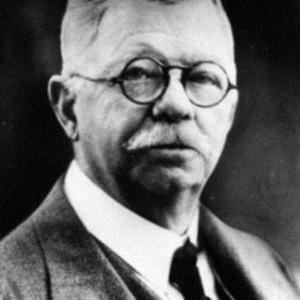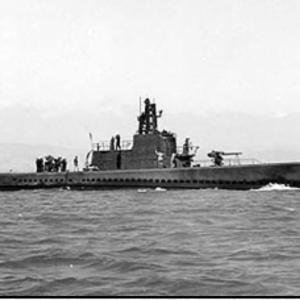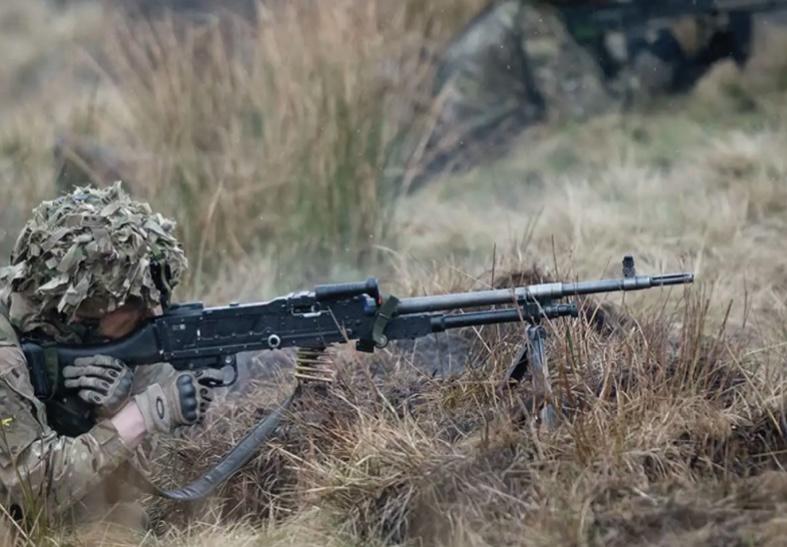
GPMG Machine gun
The General Purpose Machine Gun, commonly referred to in the British Armed Forces as the GPMG or simply “the Gimpy,” has long been a central element of the UK's infantry firepower. Designed in the mid-20th century and adopted by numerous allied nations, the British variant known officially as the L7 series has provided reliable, adaptable fire support across a wide range of operational environments. Its combination of durability, power, and flexibility has made it a trusted weapon system for over sixty years.
The British GPMG story begins in the post-war period, during a time when NATO nations were seeking to standardise their small arms and ammunition. The British Army, like others, recognised the need for a belt-fed machine gun capable of multiple roles, serving both as a light support weapon in infantry sections and as a sustained fire weapon when mounted on tripods or vehicles. Drawing inspiration from the success of the German MG42 and the American Browning Automatic Rifle, the Belgian arms company Fabrique Nationale developed a new weapon to meet this requirement. The designer was Ernest Vervier, who worked at FN Herstal and based much of the new design on proven principles. The gas system came from the Browning, and the feed and barrel-change mechanisms were influenced by the MG42.
Britain officially adopted the FN design in the late 1950s, giving it the designation L7A1 GPMG. The weapon was quickly integrated into service, replacing the older Bren gun in the light role and the Vickers in the sustained fire role. The GPMG gave British forces a versatile weapon that could be used on the move with a bipod or from static positions using a tripod. It could also be mounted on vehicles, aircraft, or naval vessels. Manufactured under licence by Royal Ordnance Factories, and later BAE Systems, the L7 series became standard issue across the British Army, Royal Marines, and RAF Regiment.
The British GPMG is chambered for the 7.62x51mm NATO round, a powerful rifle cartridge standardised among NATO countries. It is a belt-fed, gas-operated, air-cooled machine gun that fires from an open bolt. Its quick-change barrel system allows a trained gunner to replace a hot barrel in seconds, a critical feature for sustained fire roles. The weapon has a cyclic rate of fire between 650 and 750 rounds per minute, though in practice, gunners are taught to fire in short bursts to maintain control, conserve ammunition, and prevent overheating. The standard ammunition belt holds 50 or 100 rounds, and disintegrating metal links allow for continuous feeding.
In its light role, the GPMG is usually fired from a folding bipod, attached near the muzzle. In this configuration, it provides mobile fire support to infantry sections. While heavy by modern standards at around 11 kg or 24 pounds unloaded, its ruggedness and reliability make it highly valued. In the sustained fire role, the gun is mounted on the L4 tripod, which includes a traversing and elevating mechanism, allowing precise targeting and controlled fire over extended periods. It is also commonly mounted on tripods in sangars, pintle mounts on vehicles, and remote weapon stations on armoured platforms such as the Warrior IFV, Challenger 2 tank, and various patrol vehicles.
The GPMG’s effective range varies by configuration. On the bipod, it is considered effective out to 800 metres, with area suppression possible beyond 1,000 metres. On a tripod, its effective range increases significantly, with accurate fire support possible up to 1,800 metres. This made it ideal not only for conventional warfare but also for counter-insurgency operations, where long-range fire support was essential.
The GPMG has seen action in every major British military campaign since its adoption. During the Cold War, it was a staple of British Army of the Rhine units stationed in West Germany. It served extensively in Northern Ireland, where it was often vehicle-mounted for urban patrols. In the Falklands War, the rugged terrain and harsh conditions highlighted the weapon's reliability and effectiveness, especially in suppressing enemy positions and defending against counterattacks. It was mounted on ships, helicopters, and ground units alike. In Iraq and Afghanistan, the GPMG again proved its worth, providing overwatch and heavy fire support in the deserts and mountains, often from sangars, WMIKs, and fortified positions.
One of the GPMG’s most respected qualities among British troops is its mechanical reliability. Known affectionately as “the Gimpy,” the weapon is famously durable and can continue functioning under extreme conditions including sand, mud, and wet environments. Its straightforward design makes field stripping and maintenance manageable even in difficult situations. The weapon has minimal electronic components and relies on proven mechanical systems that are easy to service and repair in the field.
Over time, minor updates have been made to the weapon. Polymer furniture, improved flash hiders, and rail systems have been added to accommodate modern optics and accessories. However, the core design of the L7 has remained largely unchanged since the 1960s, a testament to its effectiveness. Although lighter machine guns like the L110A1 have been introduced for greater mobility, and newer platforms such as the L129A1 Sharpshooter Rifle offer precision at range, the GPMG remains the primary source of sustained, high-volume fire in many British infantry units.
Despite its age, there are currently no plans for a wholesale replacement of the GPMG in British service. The weapon is simply too effective at its intended role. Trials have explored lighter and more modular systems, but none have yet matched the GPMG’s balance of firepower, reliability, and versatility. British special forces continue to use modified variants with enhanced barrels, optics, and suppressors tailored to mission-specific requirements.
In addition to its frontline service, the GPMG plays a role in ceremonial and training contexts. It is still used by cadet forces for training in weapon handling and machine gun drills, although live firing is limited to full-service units. On military ranges across the UK and abroad, the rhythmic hammer of the GPMG remains a familiar sound.

